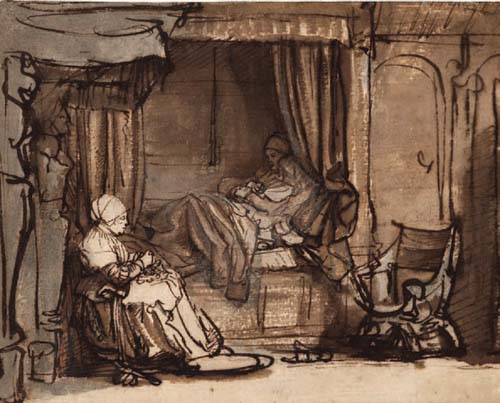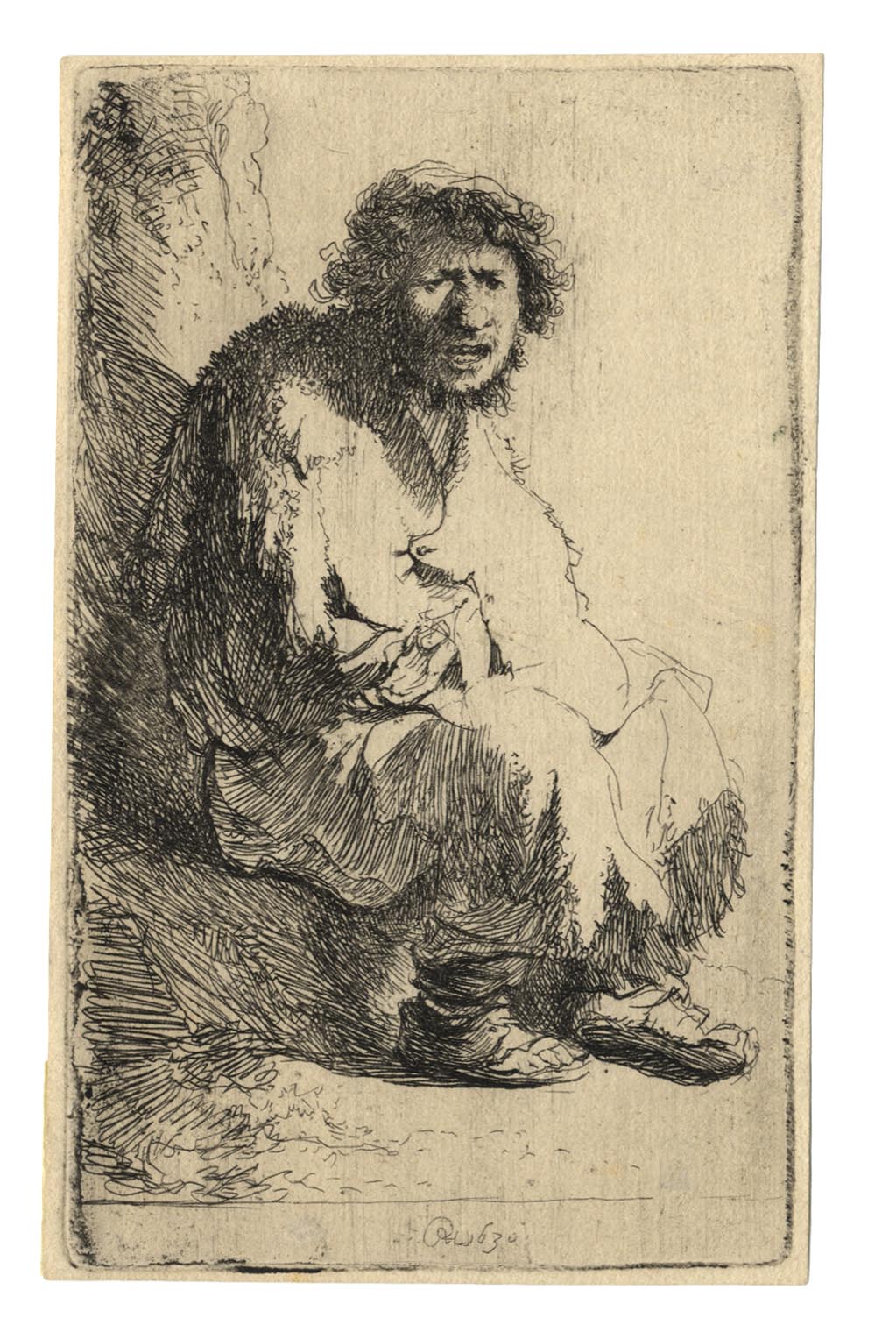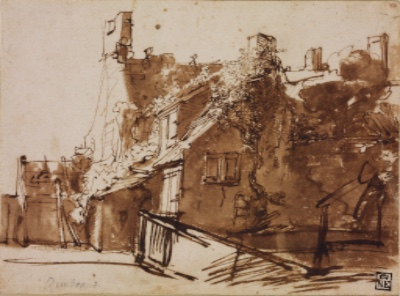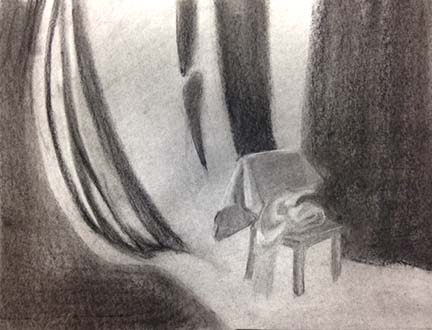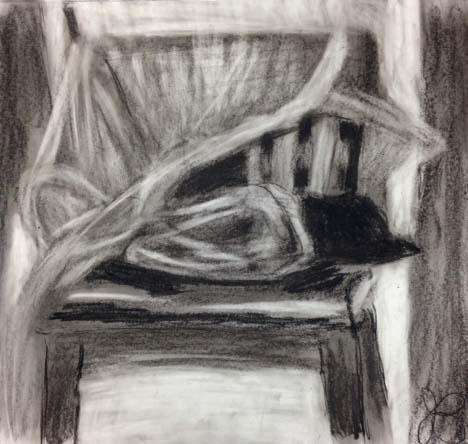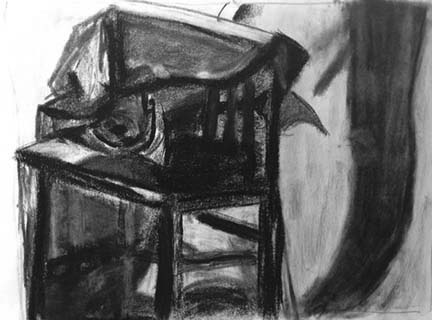As artists we want the viewer to share in our experiences. We do this in part by playing with the viewer's senses, recreating the sense of light, depth and surface we find in our subject. The viewer knows he is looking at a drawing but feels the presence of the actual subject. A good draftsman convinces us of the truth of his drawing by making a clever illusion.
We must learn to tell the truth with lies.
Being able to see the truth, and learning to approximate it with a constructed surface of carefully chosen and expressed marks/ lies is the "stuff" of good drawing. Sometimes these lies make our characters more dramatic, and on other occasions they warrant a more subtle approach.
Demonstration of Caravaggio's painting procedure. Notice how shapes are grouped in terms of value.
We also discussed the work of Rembrandt and how he used a limited value range to connect his dark, shadow shapes
Today we looked at the effects of dramatic light & shadow
Student's started by drawing 4 compositional sketches based on what interested them about the still life-- a coat draped over a chair under strong light. They responded to the direction of fabric, contrast of chair edges against drapery, the pattern and rhythm of shadow shapes in the folds of the drapery and how the eye moves along these edges.
We discussed the term chiaroscuro, and looked at the work of Caravaggio and Rembrandt to see how they used strong contrasts between light and dark. It was helpful to study how each master used the effect of light falling from a particular direction on something in the composition as a whole. Bold darks made light figures literally pop out of the picture. What a good example of using contrast to create the illusion of depth.
Next we looked at the patterns of light and shadow in our own still life. After lightly toning the paper, student's were asked to connect all the shadow "shapes" using a single dark value. In doing this they created an organized value map-- which serves as a great starting point for later refinements. Connecting darks can bring unity to a drawing. Oftentimes beginning students (and artist's alike) unintentionally use too many values in their shadows and the result is a shadow that feels shattered. Learning to limit the number of values may solve many problems when dealing with the overall pattern of light and dark in your subject.
Working this way also teaches us to look for relationships between objects in terms of value instead of just by name. Shadow "shapes" are composed of several objects-- pieces of furniture, part of the floor, wall, etc-- and we learn how to join different areas of the composition by how they are affected by light, instead of separating them by name.
Some student's had a hard time translating the many values observed in the shadow into a limited value range. Sometimes we are too literal and exact ! -- and this response doesn't always work when we are creating an illusion. Using a limited value range requires us to make decisions, rather than only copying what we see. Learning to make our own choices can teach us how to be a better problem solver when things go awry in future drawings.
A LESSON IN-- Value shapes

